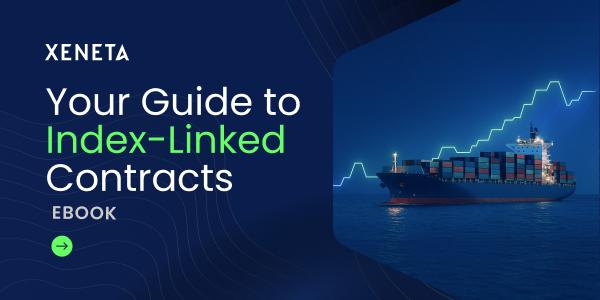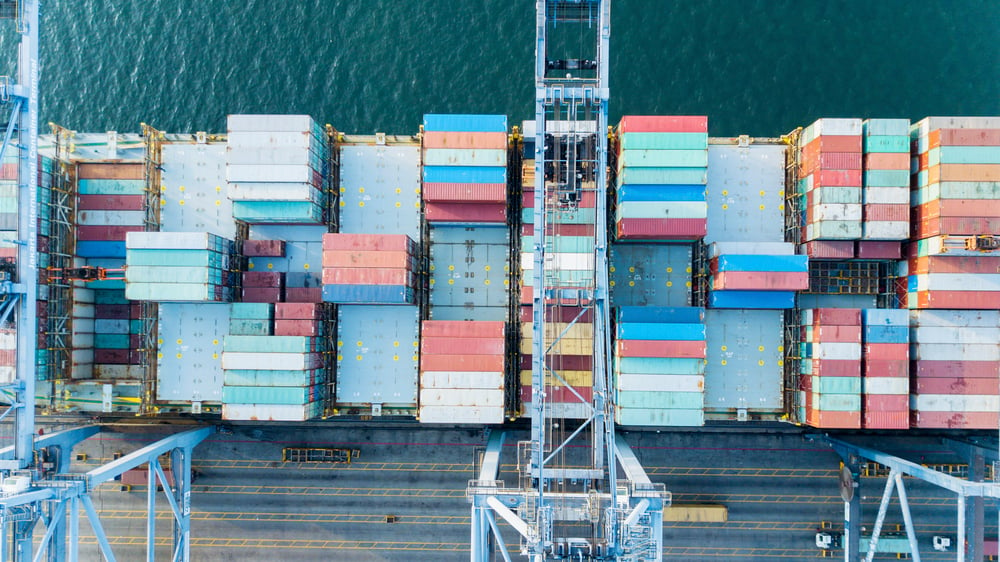At Xeneta, we strive to deliver meaningful data for every port in the world. We are proud of the unmatched freight rate coverage we provide in the industry and, where we have coverage for over 10 million TEUs moving on the largest global trade lanes. But providing rates for the vastness of the global shipping still remains a monumental task.
By taking a data science approach to our collection of freight rate data, we can discover and extrapolate some rather surprising results. One such result is what we call estimated rates — computed approximations of what prices on trade lanes might look like when there is little real-world data available.
Estimated rates leverage the idea that some of the largest trade lanes in the world are quite static. The competition on these lanes is so intense that prices rarely vary unexpectedly. But the smaller lanes, the ones populated by thousands of feeder vessels, don’t follow these patterns.
At their core, estimated rates take larger freight routes and break them down into the smaller freight routes that a container will actually travel. For example, shipping freight from Shanghai, China to Oslo, Norway will never be a direct route. In this scenario, the majority of the journey of a container will be from Shanghai to Hamburg, Germany. Then, from Hamburg, the container will be shipped to Oslo.
To the customer, of course, the container happily moved from Shanghai to Oslo — with the real journey through Hamburg entirely out of sight. But for Xeneta, knowing that freight moves through Hamburg opens up a world of possibilities for calculating estimated rates.
In a very basic sense, because of our vast collection of freight rate data, we can subtract known prices between Shanghai to Hamburg from our example, leaving behind an estimate for what it might cost to ship freight from Hamburg to Oslo. And so, with only minimal data to inform us about the price of shipping from Hamburg to Oslo, we could still compute an approximation of the real price.
By repeating this process throughout our entire dataset, we can create some very useful estimates for shipping freight across the globe and provide our customers with increased awareness of the freight market and the state of shipping worldwide.
You can learn more about the data science behind Xeneta’s estimated rates by reading our whitepaper on the topic.
%201.png)



.png?width=387&name=image%20(45).png)

